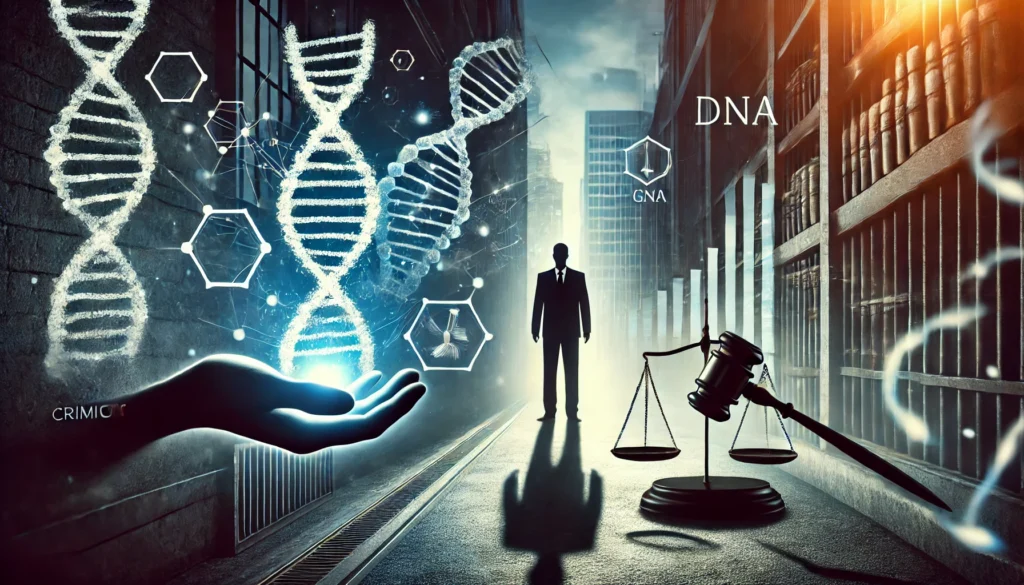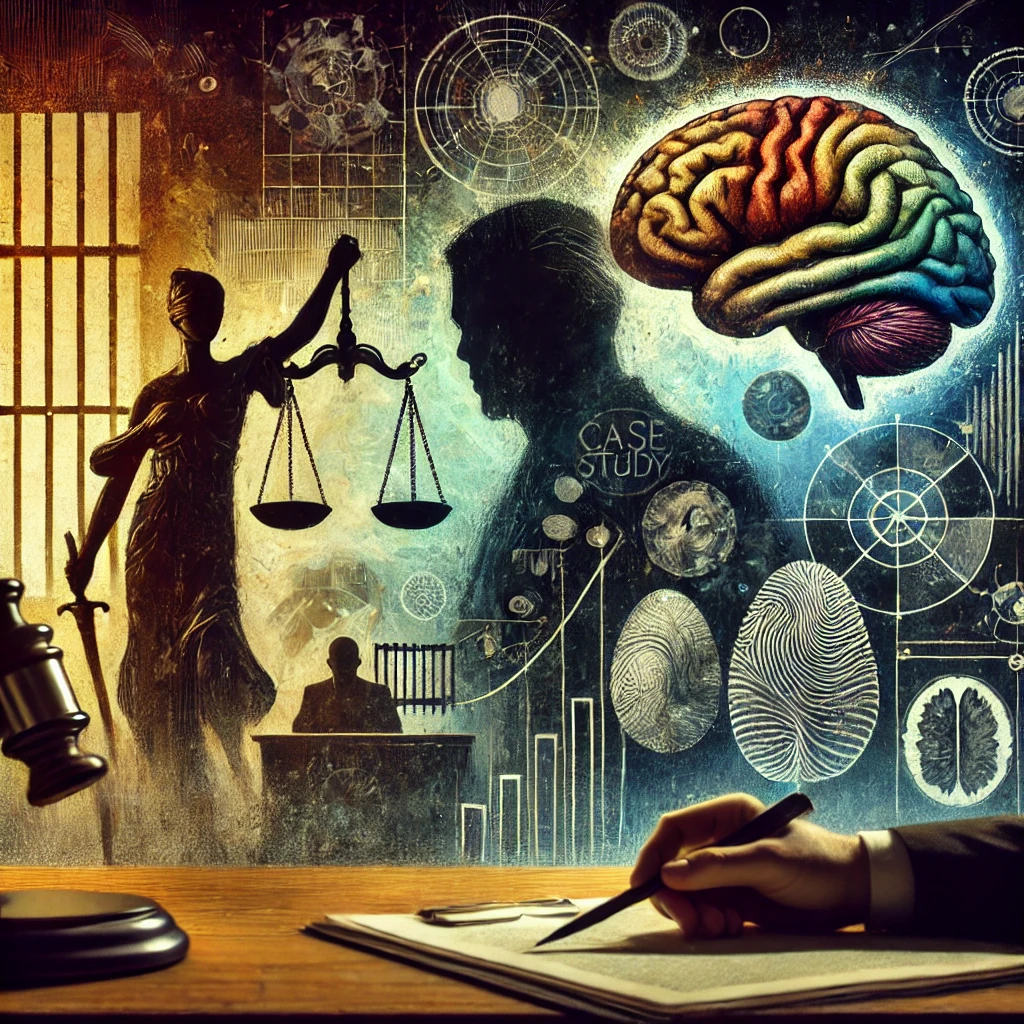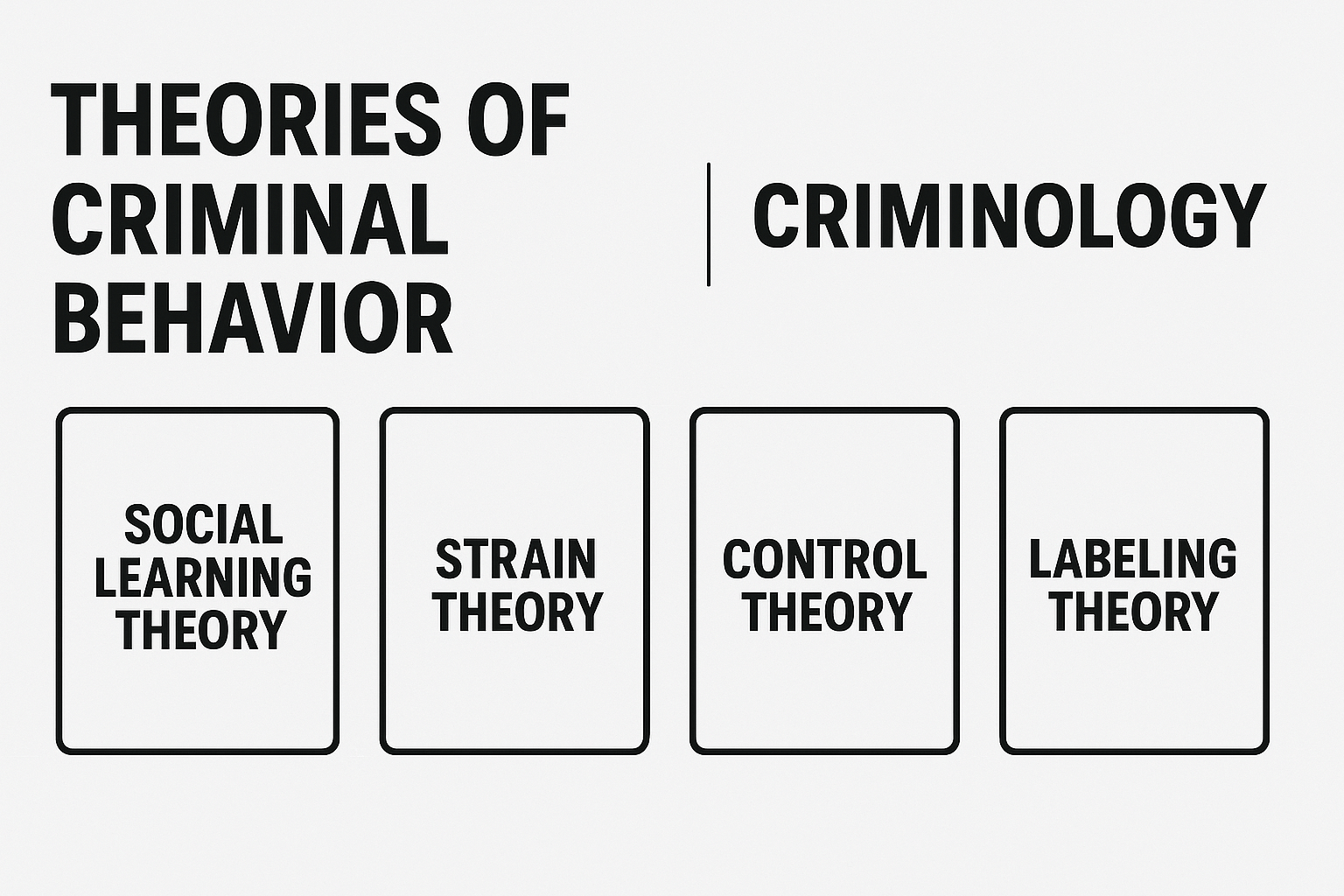Criminal behavior is a complex social phenomenon rooted in various aspects of individuals’ and societies’ lives. It is not merely a breach of laws but encompasses actions that carry psychological, social, and biological dimensions. Understanding criminal behavior attracts researchers’ attention due to its impact on societal stability and security.
In this article, we will explore the concept of criminal behavior, its influencing factors, explanatory theories, and methods of study, providing students and researchers with a comprehensive view to deepen their understanding of this critical field.
1. The Concept of Criminal Behavior
Criminal behavior is defined as an act or series of actions that violate laws and societal values, punishable by law. This behavior is characterized by two main elements: the act itself and the intentions behind it, as the presence of criminal intent is a prerequisite for the legal definition of crime.
The Difference Between Criminal and Illegal Behavior
Not all illegal behavior is considered criminal. Some actions may breach regulations without involving intent or deliberate harm, such as traffic violations. Criminal behavior, however, is distinguished by a deliberate motive to harm others or society.
Examples to Illustrate the Concept
- Armed robbery is a clear example of criminal behavior as it involves a threat to public safety.
- Financial fraud represents criminal behavior in the economic sphere.
Exploring criminal behavior offers deep insights into how individuals’ actions align with or deviate from social norms. Scholars studying Theories of criminal behavior emphasize the importance of defining these behaviors accurately to distinguish between isolated law violations and a systematic criminal mindset.
2. Factors Influencing Criminal Behavior
A. Individual Factors
- Genetics and Heredity: Studies indicate that some individuals may be more predisposed to criminal behavior due to genetic factors. For example, genetic mutations may increase aggression or reduce impulse control.
- Mental Health and Psychological Disorders: Many crimes are associated with conditions like schizophrenia or severe depression, which affect individuals’ ability to think rationally and make appropriate decisions.
Researchers within Theories of criminal behavior focus extensively on the interaction between personal predispositions and external circumstances. Understanding these factors helps explain why certain individuals engage in criminal acts while others, in similar conditions, do not.
B. Environmental Factors
- Socialization: The family is the first environment where individuals learn concepts of right and wrong. Neglect or abusive upbringing can contribute to criminal tendencies.
- Economic Environment: Poverty and unemployment are driving factors of crime, as the need to fulfill basic necessities may push individuals toward criminal acts.
- Media Influence: Glorifying violence or presenting crime as an attractive lifestyle in the media can influence individuals, especially youth.
In the context of Theories of criminal behavior , environmental factors are seen as strong determinants of deviant behavior. Living conditions, community safety, and social pressure create an environment where crime can either flourish or be suppressed.
C. Cultural Factors
- Customs and Traditions: Some societies justify certain behaviors considered crimes in others, such as “honor crimes.”
- Social Values: Differences in values and standards among societies lead to variations in the definition and interpretation of crime.
The role of culture in shaping moral standards and criminal definitions is a central discussion in Theories of criminal behavior | CRIMINOLOGY. Societal acceptance or rejection of certain actions varies widely across time and place.

3. Theories Explaining Criminal Behavior
A. Biological Theories
- Role of Genetics and Physical Traits: Cesare Lombroso emphasized physical traits as indicators of criminal tendencies, such as skull shape or facial features. Although criticized, these ideas laid the foundation for studying biological factors.
Biological theories remain a foundation for modern debates in Theories of criminal behavior , offering a perspective that combines nature and nurture when addressing the roots of crime.
B. Psychological Theories
- Analyzing Criminal Behavior from a Psychological Perspective: This perspective focuses on internal conflicts, such as the influence of the unconscious mind, as proposed by Freud.
- Role of Psychological Disorders: Criminal behavior may result from psychological development issues or environmental influences.
When viewed through the lens of Theories of criminal behavior , psychological theories help clarify how deep-rooted emotional conflicts and mental health disorders contribute to deviant behavior.
C. Social Theories
- Strain Theory: Robert Merton argued that crime might arise from the pressure to achieve specific goals in the absence of legitimate means.
- Influence of Deviant Groups: Joining groups engaged in criminal activities reinforces criminal tendencies through social influence.
In Theories of criminal behavior , social structures and community dynamics are emphasized as significant contributors to criminal involvement, highlighting the role of peer influence and social inequality.
D. Modern Theories
- Explaining Criminal Behavior Through Multi-Causal Perspectives: These theories integrate biological, psychological, and social factors to provide a comprehensive understanding of criminal behavior.
The modern approach in Theories of criminal behavior combines different disciplines to explain crime through an integrated model, recognizing that no single theory can fully address the complexity of criminal behavior.
4. Characteristics of Criminal Behavior
- Criminal Intent (Mens Rea): Intent is a fundamental element in classifying an act as criminal.
- Link Between Criminal Behavior and Legal Violation: Criminal behavior is only classified as such if it explicitly breaches legal statutes.
- Repetition and Degrees of Criminal Behavior: Criminal acts can be classified as isolated or repeated, varying in severity.
When analyzed from the perspective of Theories of criminal behavior , the characteristics of crime reflect not only legal definitions but also the social meaning and consequences of criminal acts within communities.
5. Methods of Studying Criminal Behavior
- Field Research and Experiments: Utilizing scientific experiments to study criminal cases.
- Statistical Data Analysis: Collecting and analyzing crime-related data to identify patterns.
- Case Studies: Examining the lives of individuals who committed crimes to determine influencing factors.
Each research method adds unique value to the field of Theories of criminal behavior , providing layered insights into patterns, motivations, and social dynamics behind crime.
6. The Role of Criminology in Understanding Criminal Behavior
- Developing Preventive Policies: Understanding the factors influencing criminal behavior helps design policies to prevent crimes.
- Improving the Judicial System: Based on insights into criminal behavior, recommendations can be made to improve laws and their enforcement mechanisms.
A strong understanding of Theories of criminal behavior equips researchers and policymakers with the necessary tools to develop practical solutions for crime prevention and rehabilitation.
Conclusion on theories of criminal behavior
Studying criminal behavior is a pivotal step toward understanding and mitigating crime. It requires the integration of efforts between researchers and policymakers to develop effective mechanisms that ensure justice and contribute to societal stability.
The ongoing evolution of Theories of criminal behavior highlights the importance of continuous research in this area to adapt strategies and maintain societal stability in the face of emerging crime patterns.


